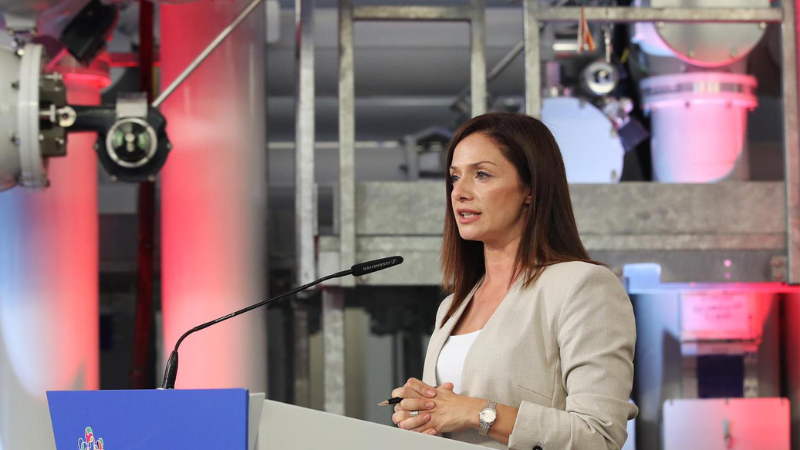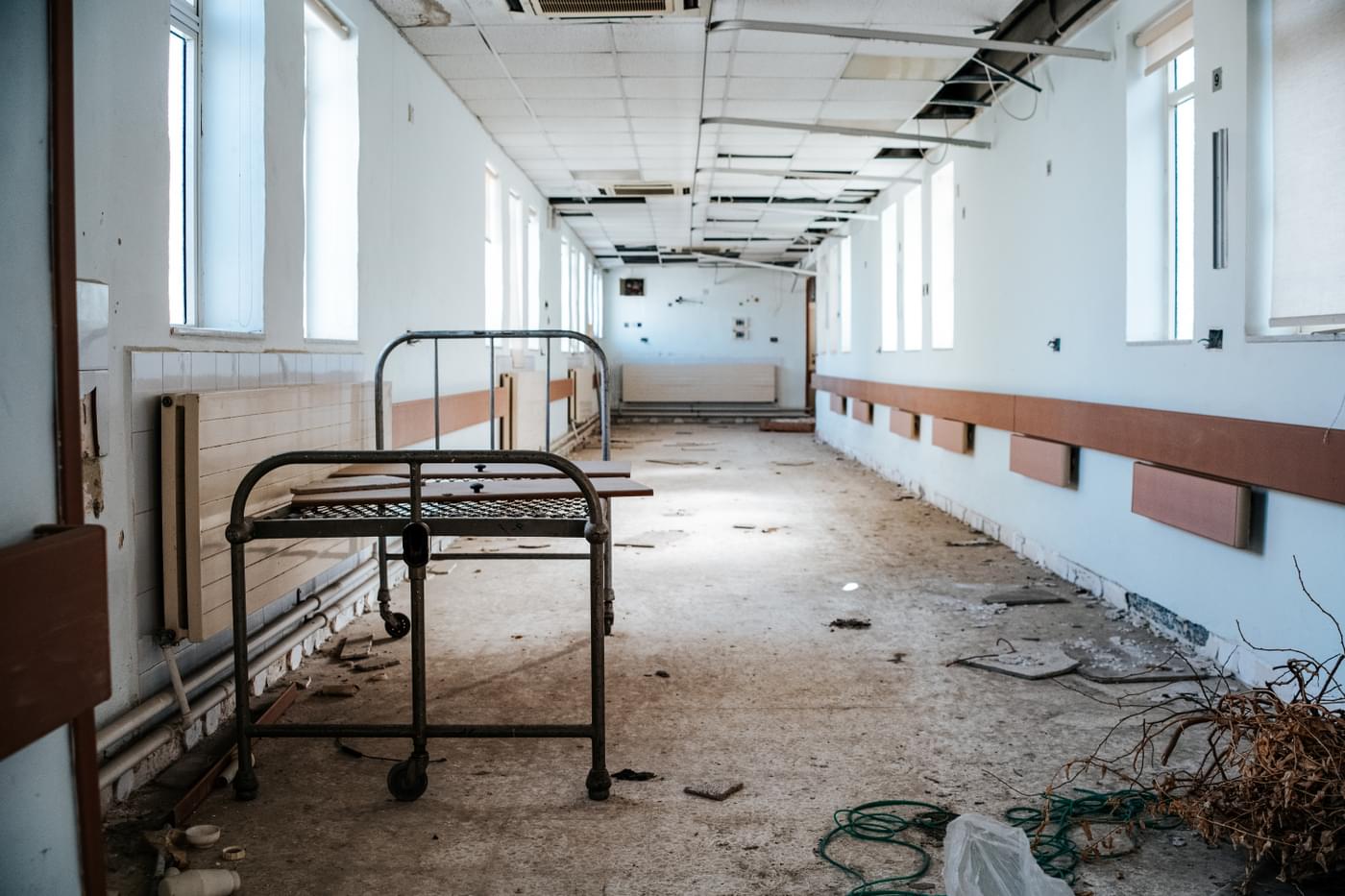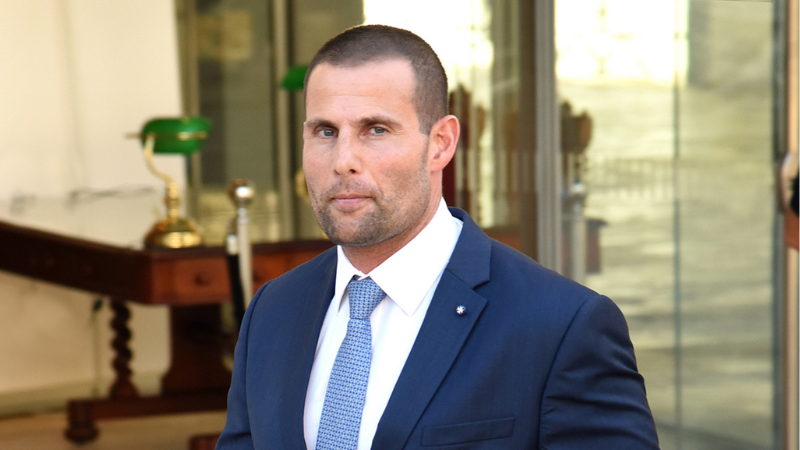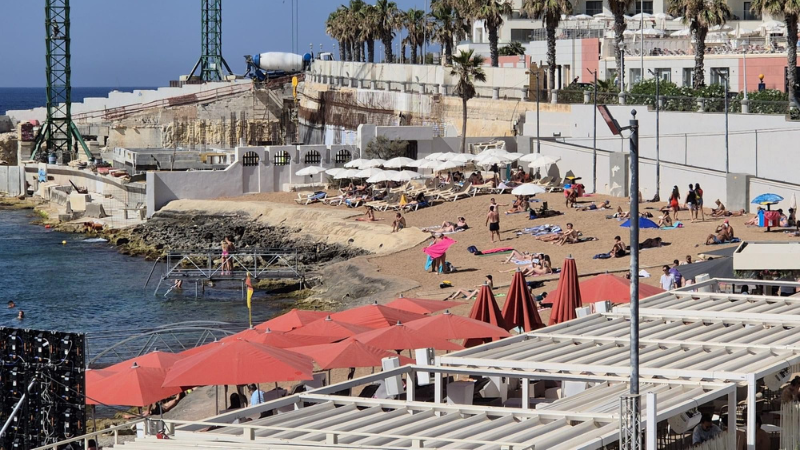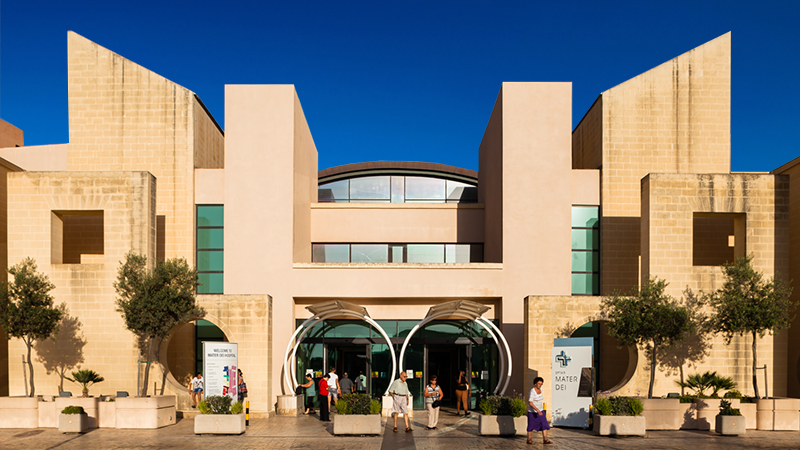By the end of the year, Malta International Airport (MIA) plans to lift the restrictions imposed on all passengers since 2006 that prohibited the carrying of liquids and electronic communications in hand luggage.
In answer to questions sent by The Shift, a spokesperson for the MIA told The Shift that new technology scanners capable of detecting LAGs (liquids, aerosols, and gels) are expected to be installed by the end of the year, lifting the prohibition in carry-on bags.
“Malta International Airport will be investing in six new security scanners, which will increase the detection capability of prohibited articles in hand baggage, allowing the lifting of restrictions currently placed on liquids and the scanning of all electronic devices,” the spokesperson said.
When asked when the LAG prohibition will be lifted, the spokesman said the scanners, which form part of a wider €250 million investment, will be installed by the end of the year.
MIA’s spokesman underlined, however, that until then, passengers will still be required to observe the current 100ml liquid restrictions.
MIA’s investment in this area mirrors similar investments in major airports across the EU and the UK. Many major airports, including those in Amsterdam, Shannon, and Milan, have already lifted the LAG ban, and many more will do so by the end of the year.
Current rules at the MIA state that no container for any LAG can be above 100ml, and they must be carried within a resealable clear plastic bag with a maximum volume of one litre.
Also, laptops, tablets, and mobile phones must be removed from hand luggage during security checks. This has led to longer queues and slower times at MIA.
How did the liquids rule come about?
The rules were imposed in the EU in August 2006 after the UK announced that it had uncovered a terror plan to blow up transatlantic jets from Heathrow to North America.
The terrorists, later charged and found guilty, planned to take the ingredients for improvised explosive devices onboard several planes.
These ingredients, derived from hydrogen peroxide, were to be disguised in soft drink containers. The plotters aimed to assemble the bombs on board before detonating them and blowing up the plane.
Although the ban on liquids, aerosols, gels, pastes, lotions, and cosmetics was supposed to be a temporary measure, it is still in place in airports that do not have the latest CT (computed tomography) scanners.


